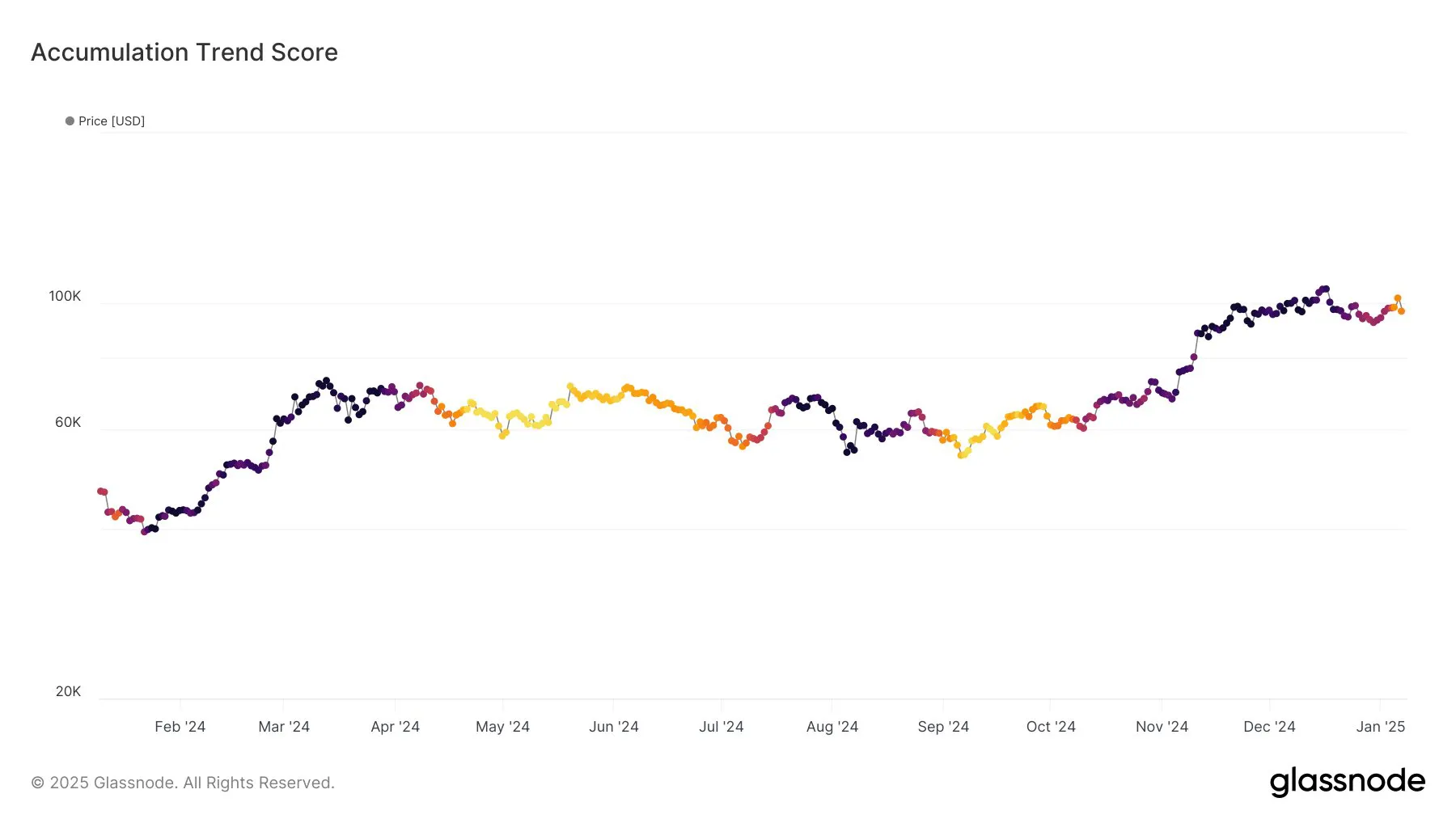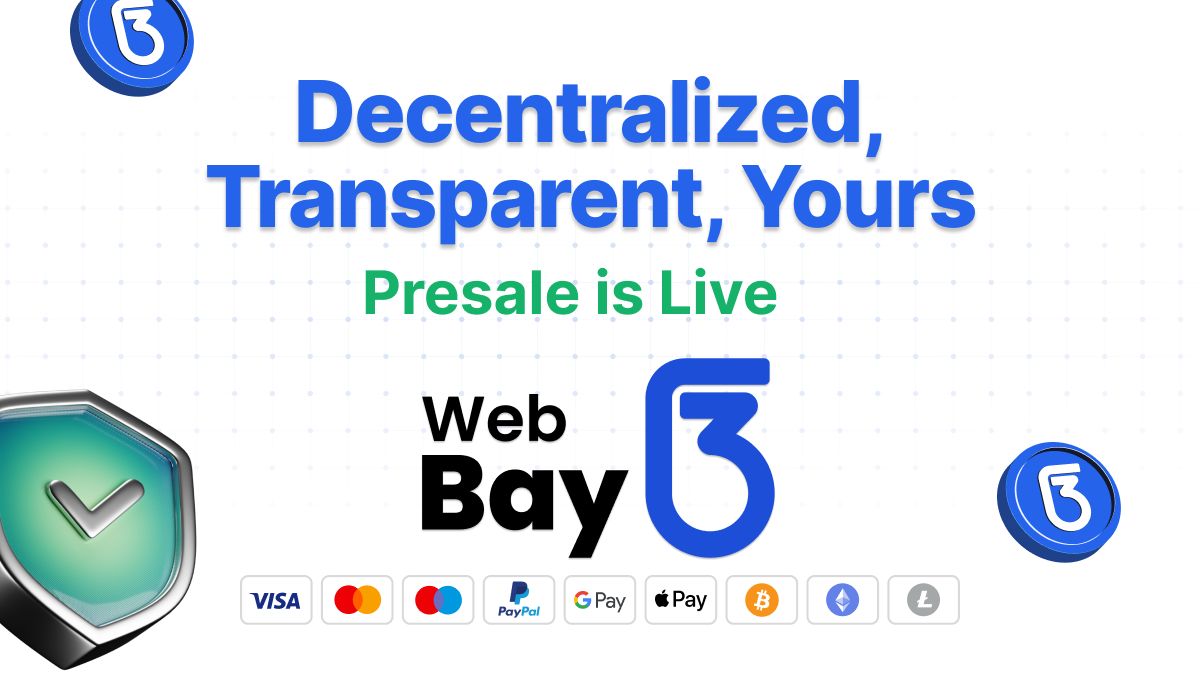Bitcoin developer Pieter Den Dooven joins Kurt Wuckert Jr. on the CoinGeek Weekly Livestream to discuss what mintBlue is up to and how verifiable records are in big demand in the European Union and elsewhere.
title=”YouTube video player” frameborder=”0″ allow=”accelerometer; autoplay; clipboard-write; encrypted-media; gyroscope; picture-in-picture; web-share” referrerpolicy=”strict-origin-when-cross-origin” allowfullscreen=””>
The evolution of mintBlue
Wuckert begins by asking Den Dooven whether mintBlue has stuck to its original roadmap or if things have changed.
Den Dooven explains that it’s constantly evolving, and he and the team are always learning. mintBlue is more than blockchain applications—it’s infrastructure anyone can use. It started as a toolkit of solutions, but they quickly realized the infrastructure didn’t exist to run them on, so they built that, too. The next phase is education and making the world understand what blockchain technology can do.
Speaking of infrastructure, Wuckert notes how many governments and large organizations have picked up on blockchain in the last few years. He wonders if we’ll be ready for a live central bank digital currency (CBDC) by the end of 2025. Den Dooven answers simply: no. Companies and governments are experimenting with the technology, but many of these ideas disappear after an initial pilot phase because they realize they can’t scale.
Den Dooven elaborates, saying it’s a “weird industry,” with everyone focused on the coin prices, which causes tribalism. It’s a little different when dealing with enterprises because they focus on the technology and its utility, so you can simply demonstrate that it works for them.
The mintBlue user experience and the back-end
Wuckert compliments Den Dooven on mintBlue’s user interface, pointing out how simple and easy it is to use. He replies that, in their view, “complexity is overhead,” so they aimed for something users could simply log in and go.
What does it look like on the back end? They use Node.js, databases for indexing, and they also run a couple of nodes as a fallback mechanism. Den Dooven says there’s lots of redundancy with various things in place in case something else falls over.
While mintBlue itself is improving, Den Dooven thinks Bitcoin is much worse than it was 15 years ago. He says finding accurate, helpful information was easier even 10 years ago.
mintBlue’s customer acquisition and what they’re working on
“All businesses are storytelling,” Den Dooven says. Whether they’re doing something moral or something to increase privacy, they’re trying to sell customers on a story. However, there’s endless news about data breaches, violations of environmental agreements, etc., making it hard to trust them.
“Where is the proof?” Den Dooven asks. mintBlue wants to enable businesses to prove their claims, which young people in the European Union and elsewhere care about a lot.
Furthermore, EU regulations around environmental management can be burdensome for smaller companies to keep up with. Midmarket companies struggle to keep up with compliance requirements, as do companies bringing things into the EU from the outside. The existing systems are old and often repurposed, but mintBlue offers a low-cost, modern alternative.
Den Dooven gives the example of shipping. EU companies with 500+ employees are required to report emissions, but they often ship things in from China and have to report on behalf of their shipping partners, among other things. The Dockflow platform can track ships through the supply chain and timestamp their activities on the blockchain. This makes it much easier for EU companies to estimate and report emissions.
What does this all look like in five years?
Den Dooven acknowledges challenges on multiple levels. However, it will get adopted, and while BSV won’t necessarily win the whole market, it’s well-positioned to serve it.
Regardless of what anyone thinks about these reporting requirements, they’re here to stay, and businesses must comply with them, Den Dooven says. Small- and medium-sized companies need cost-effective solutions, and that’s where mintBlue comes in. This all has to scale massively, too, and that’s where BSV comes in.
To learn more about mintBlue’s preferred token standards, what tools offer NoCode on Bitcoin, and some of the company’s proprietary solutions, listen to the live stream here.
Watch: Living in the now with mintBlue’s Nowatch
title=”YouTube video player” frameborder=”0″ allow=”accelerometer; autoplay; clipboard-write; encrypted-media; gyroscope; picture-in-picture; web-share” referrerpolicy=”strict-origin-when-cross-origin” allowfullscreen=””>
Source: https://coingeek.com/developer-pieter-den-dooven-tackles-mintblue-on-chain-data-video/









Leave a Comment